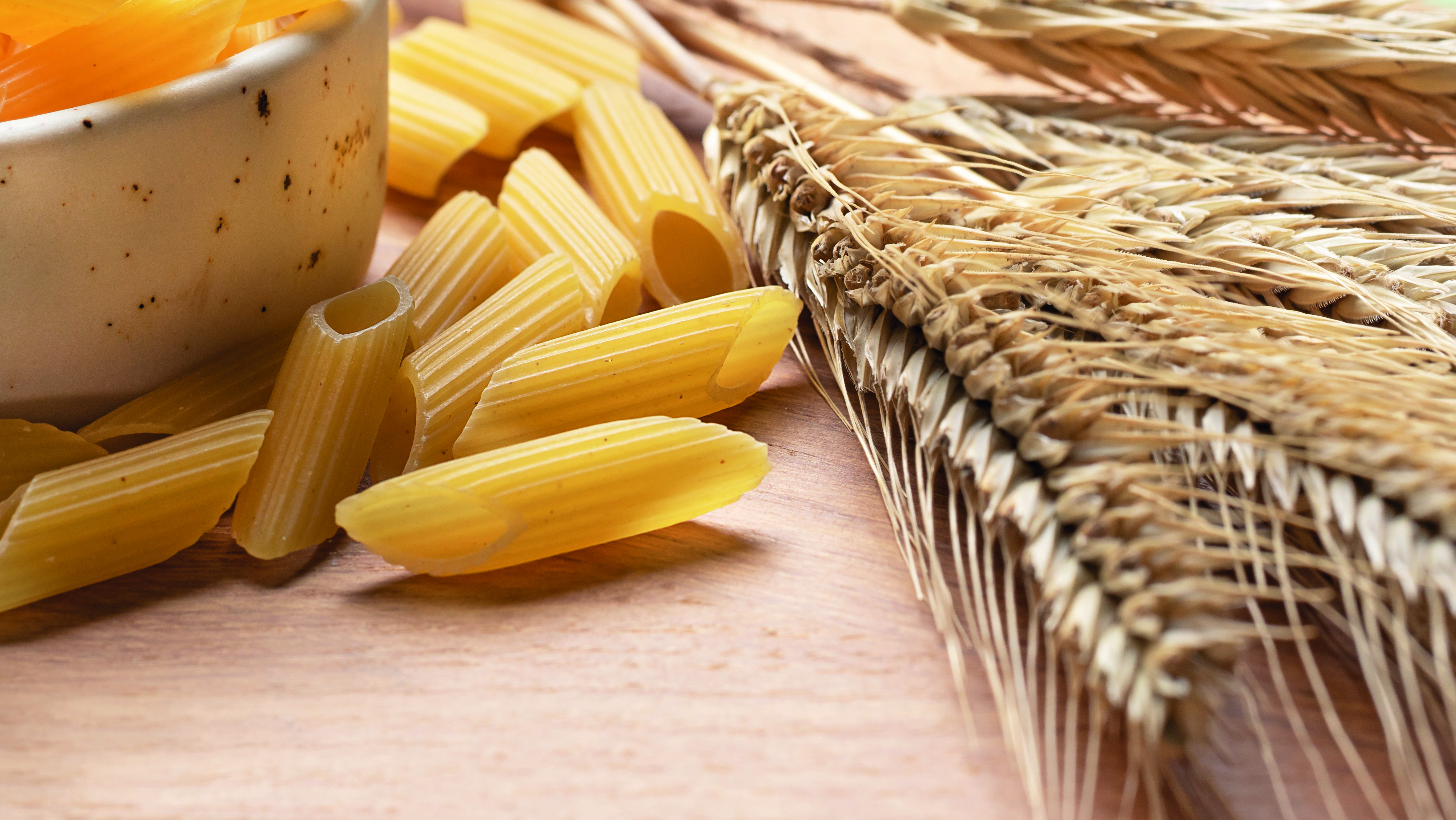Durum wheat faces the fifth MY of deficit. The first forecasts for 2024/25 see a rebound Canadian output
Data and contents updated on Feb 22nd, 2024
While most of the grain compartment has recorded decreases, in the marketing year 2023/24 durum wheat prices have continued to be affected by strong volatility.
In summer 2023 a severe lack of soil moisture caused Canadian harvest to drop by 30% to its second lowest level after 2021/22. Production problems were recorded in other important areas as well: in the US insufficient rainfall caused output to shrink by 7.8%; in Mexico smaller areas led to a 10% harvest contraction. On the demand side, North Africa was hit by drought for the second year in a row, causing a further drop in production; while in the EU, smaller areas and stagnating yields led to a crop reduction of 6.3%. But in the EU issues were not limited to harvest quantity: ill-timed precipitations led to a severe quality deterioration, especially regarding test weight. The impact was so significant that several grain exchanges in Italy had to open a new sub-category of durum wheat in order to allow the commercialization of the crop.
At a global level, production in 2023/24 fell by 9.3% according to IGC data, marking the fifth consecutive marketing year of deficit and leaving ending stocks at an historical low.
The lack of product availability in consuming countries led to soaring imports requirements, especially in the EU where the scarce quality of the harvest posed serious problems for pasta production. The higher demand could hardly be met by the traditional origins given the sharp drop in North America’s production. This factor ignited a price rally which caused fine durum quotations to rise by 21% between June and August on the Bologna exchange, +31% for Saskatchewan durum delivered to elevators.
After a summer of bullish volatility, an unexpected factor emerged: Turkish production exceeded all expectations, reaching the unprecedented value of 4.3 Mio t. The record production allowed the country to become a net exporter for the first time, providing, together with Russia, an abundant and unforeseen inflow of durum in Europe and North Africa. This has put a downward pressure on prices both in Europe and in North America, as the presence of Turkish and Russian durum eased demand on other origins and filled the needs of European mills.
Subscribe to the magazine to read the full article








